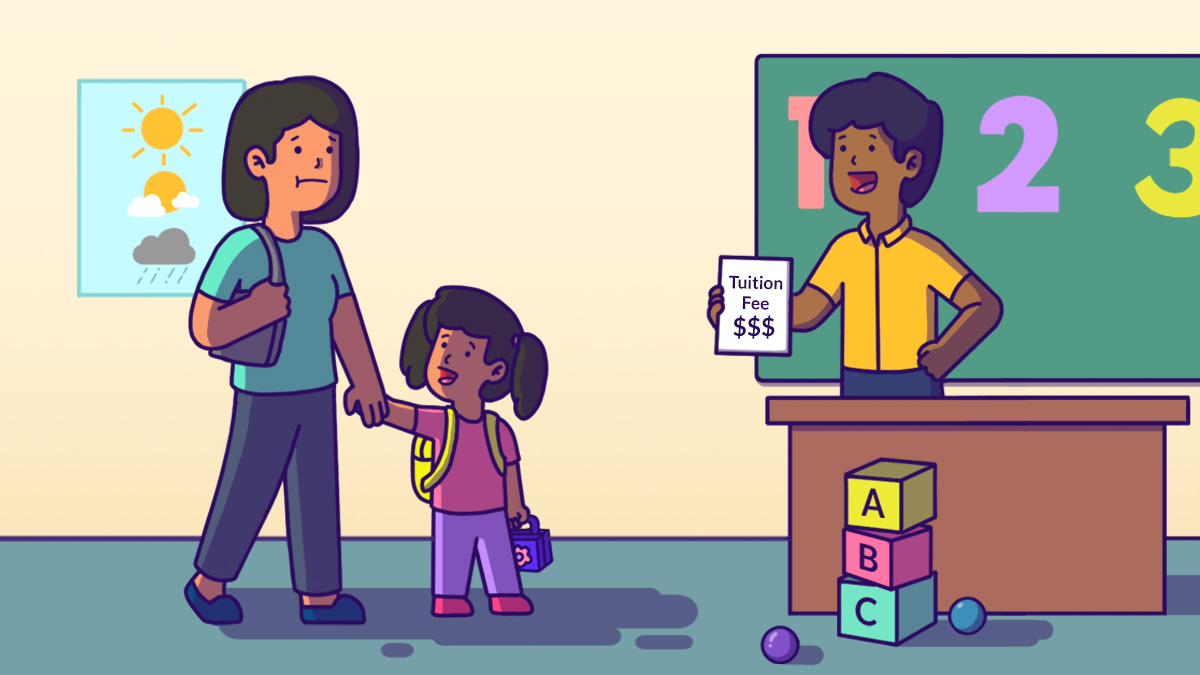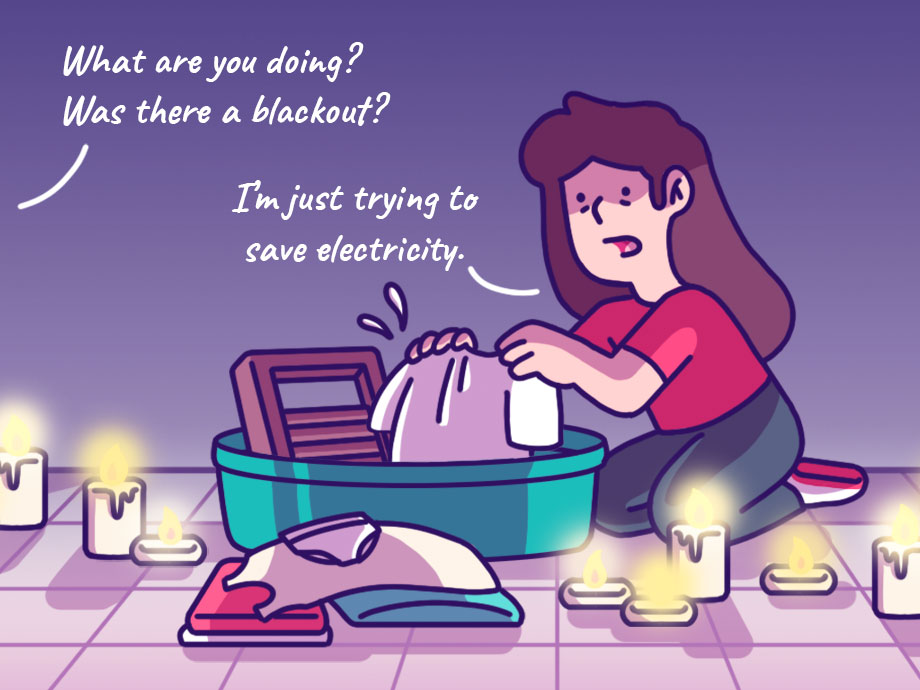Career & Education | Financial Planning | Life | Personal Finance | Article
Sending Your Child to Preschool? This is How Much It’ll Cost
by Marcus Lee | 7 May 2021 | 6 mins read

Every parent hopes to provide the best education for their children. Even in our children’s early years, we want to give them the best chance and a head start on their academic journey. Hence, some of us may be thinking about sending our children to preschool.
Generally, preschools provide the social and academic foundation that prepares children aged four to six for formal education later on. In Malaysia, many preschools also double up as daycare centres for kids as young as two years old.
Of course, preschools come with a cost. And If you’re looking to send your child to one, it’s crucial that you know your options and their costs so that you can financially prepare for them.
Broadly speaking, preschools in Malaysia can be categorised into government and private preschools with government preschools being the more affordable option.
The cost of government preschools
Though early childhood education isn’t mandatory in Malaysia, the government still provides formal education for children below six years old. There are five types of government preschools in Malaysia:
| Government Preschools | Yearly Fees | Things to Note |
| Preschools run by the Ministry of Education (MOE) | Free (but you may have to make a contribution to the school’s PIBG fund) | You have to apply one year in advance |
| KEMAS Tabika | RM80 to RM390 | You have to apply one year in advance |
| Unity Tabika | Starts from RM150. Fees vary across preschools | You have to apply one year in advance
Eligible for those with a household income of less than RM1,500 a month |
| Federal Territory Islamic Religious Council (MAIWP) Kindergarten | RM333 to RM335, not including school books | You have to apply one year in advance
Islamic education provided |
| Selangor Islamic Religious Department (JAIS) Preschool | Start from RM350. Fees vary across preschools | You have to apply one year in advance
Islamic education provided |
Depending on the preschool that you’re applying to, the fees can range from RM80 to RM390 a year (except for MOE preschools, which are free). It includes annual fees, monthly fees, insurance, uniforms, and learning materials.
For instance, to enrol your child in a KEMAS preschool, you’ll have to pay RM20 for registration and insurance. On top of the registration and insurance fees, you’ll pay anywhere from RM5 to RM25 every month during the school year. There are other additional costs, such as purchasing new school uniforms, but they’re optional.
Most government preschools are affordable and fairly accessible for low and middle-income families. At most, you’ll need to set aside RM1,950 if you’re planning to send your child to a KEMAS or Unity preschool from ages four to six.
The cost of private preschools
Private preschools, as to be expected, are a lot more expensive than government preschools.
Typically, you’ll pay upwards of RM2,000 upfront to register your child in a private preschool. And the monthly fees will range from RM300 to RM800 — this includes daycare services that are offered by some private preschools . Other fees like uniforms, materials, or trips can range in the hundreds as well.
Given that all these fees tend to add up, how much money should you set aside for a private preschool?
If you spare no expense and believe in paying for the best, that’s RM9,200 a year [RM2,000 + (RM800 x 9 months)]. For a three-year preschool education, you’ll have to save up at least RM27,600.
RM27,600 is a hefty amount to pay for preschool but you can reduce your preschool bill if you opt for a no-brand preschool and forgo the daycare services.
It’s not just about cost: Other factors to consider when selecting a preschool
Despite the known fact that private preschools cost more than government-run ones, they’re still very much in demand among parents. Because when it comes to our children’s education, there’s a lot of other factors to consider besides cost.
A major consideration for parents is the curriculum and teaching methods employed by the preschool. Government preschools tend to have standardised learning materials that may not cater to your child’s developmental needs. So, if you prefer a specific teaching method for your children, you may end up having to enrol them in a private preschool instead.
Another factor is convenience. As a number of private preschools also offer daycare services, working parents can choose to leave their children with the school for a full day. On the other hand, government preschools only run for half a day, from 8 am to 12 pm.
In addition, some parents may prioritise location. You may want to send your child to a preschool that’s near your home, your office, or your parent’s home, and the nearest government preschool could still be too out of the way.
How to financially prepare for your child’s preschool
While it’s understandable that you want to provide the best education possible for your children, going private can put a strain on your finances. So, it’s important that you balance your educational goals for your child with your financial capacity.
As parents-to-be, you can start saving up for preschool before your child arrives. And for parents with toddlers, there are a variety of ways you can approach your child’s preschool education. For instance, you can opt to send your child to preschool only when they reach age six. Or you can go for the hybrid model – two years in a government preschool and one year in a private preschool.
It’s also vital that you think long-term. You don’t want to end up using the money you’ve set aside for your child’s tertiary education for a top-notch preschool now. So, consider your options bearing in mind that you’ll have to support your child’s education until they’re in college.
At the end of the day, your child’s education is only one part of your finances and you’ll need to balance it together with your family’s financial goals. The decision of which preschool to choose is yours to make, so make it work with your financial situation.














